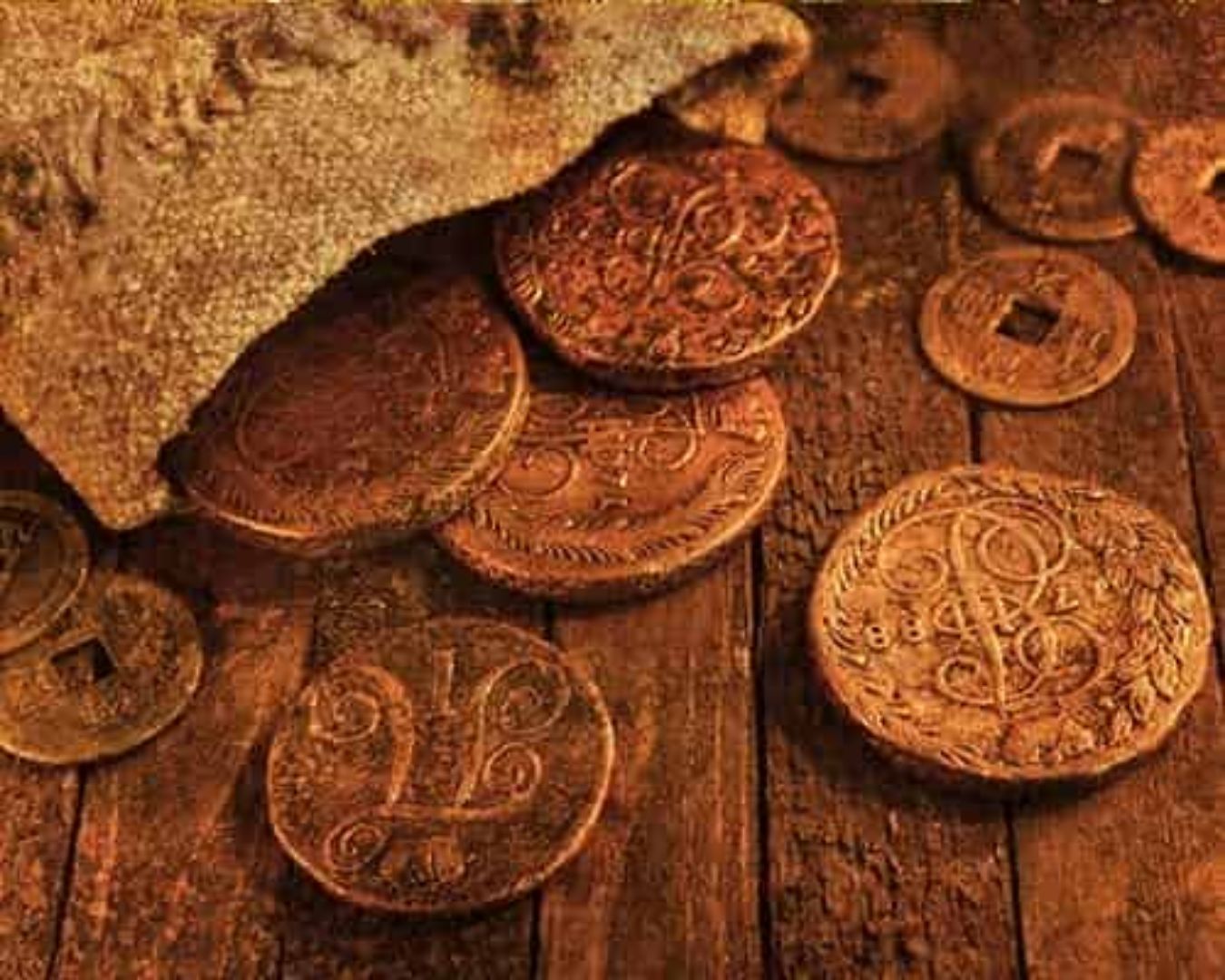Blog
Lorem ipsum dolor sit amet, consectetur adipiscing elit, sed do eiusmod tempor incididunt ut labore et dolore magna aliqua. Ut enim ad minim veniam, quis nostrud exercitation ullamco laboris nisi ut aliquip ex ea commodo consequat. Duis aute irure dolor in reprehenderit in voluptate velit esse cillum dolore eu fugiat nulla pariatur. Excepteur sint occaecat cupidatat non proident, sunt in culpa qui officia deserunt mollit anim id est laborum.
Diamonds might reign supreme in the world of engagement rings, but they certainly aren’t the only gemstone option out there. If you want something different, you have plenty of choices to consider, including stones that look remarkably similar to diamonds, such as moissanite.
What Is Moissanite?
“Moissanite is a naturally occurring mineral called silicon carbide, which is very rare and can’t be found in nature large enough to be cut into even a one-carat gemstone,†explains Don O’Connell, president and CEO of Charles & Colvard, the original creator of moissanite. For this reason, the moissanite used in fine jewelry is created in a lab—unlike diamonds, which are naturally occurring.
However, despite their differing origins, these two gemstones have plenty in common. Ahead, O’Connell and experts Kim Kanary and Grace Lee help explain how moissanite compares to a diamond, in order to help you make the most informed decision when shopping for a ring.
 Price
Perhaps the biggest advantage of moissanite is the price, as moissanite stones are considerably cheaper than diamonds. “A moissanite gem is approximately one-tenth the cost of a mined diamond of equal size and quality,†O’Connell says. “The value of moissanite is greater with larger carat weights.â€
More specifically, if you want a large-carat white gemstone, but don’t have the money for a large diamond, moissanite is the way to go. That's because lower quality, smaller diamonds tend to cost more than higher quality, larger moissanite stones. “For many, a colorless diamond with the highest clarity grade is completely unattainable,†O’Connell shares. “In my opinion, there is no reason to compromise overall quality with a lesser diamond."
Durability
As you may already know, diamonds are known for their durability. They are the hardest naturally occurring mineral and can withstand almost any kind of wear and tear. "On the Mohs hardness scale, diamonds are given the highest rating of 10. As it follows, diamonds are the only thing that can scratch a diamond," shares jewelry designer Grace Lee. "This hardness is just one of the reasons diamonds are highly valued."
Moissanite, on the other hand, doesn’t fall far behind. “Moissanite is the second hardest to diamonds on the Mohs hardness scale,†O’Connell says. “Based on rankings from one to 10, diamonds are a 10 and moissanite is a 9.25-9.5.â€
 Brilliance
The most obvious difference between moissanite and diamonds is their brilliance, with moissanite possessing more brilliance than a diamond. “It has more fire and brilliance than any other gemstone, meaning it has more sparkle,†reveals O’Connell. “Because moissanite is double refractive, it is cut differently than diamonds to enhance the sparkle.â€
Kanary adds, “Moissanite has over twice the dispersion value of a diamond, which means that it has a greater fire (or display of spectral colors) that is visible when you rotate the stone.†The result is a rainbow-like effect, while diamonds reflect whiter light.
 Color
“Moissanite has traditionally carried a yellowish or greenish tint to it. However, manufacturers have been perfecting the creation process over time, and you can now get high-quality moissanite that is colorless," shares Kanary.
Diamond color, however, can vary greatly. Lee explains that "Diamond color is graded on a scale from D, which is colorless, and increases in yellowish color to Z. In essence, the highest color grade would be a diamond that has no color. The color difference in one grade to another may not be noticeable to an untrained eye so a GIA certificate provides a standardized grade from an expert."
 Shopping Considerations
While shopping for moissanite is like shopping for any other gemstone, there are a few things to keep in mind. “The most important aspect to remember is that you can find high-quality moissanite for a reasonable price, so don’t settle for a stone that has visible imperfections in clarity or color,†Kanary says. “While moissanite can have inclusions, you should be able to find a stone that is eye clean.â€
How do you know if the stone is of high quality? “Look for that high degree of fire, a bright luster, and a good polish with very minimal surface scratches,†Kanary adds. And as usual, shop with a retailer you trust in order to get the most for your money. Moissanite looks good in any setting and pairs well with any other gemstone accents, including diamonds. It’s versatile and easy to play around with, so finding a piece you love shouldn’t be difficult.
Dating back more than 5,000 years, when gold was first discovered – albeit usually in small quantities – attracted the eye of early man nearly everywhere. And unlike most metals, gold often appears in nature in its pure form so it need not be refined. Because the metal is very shiny and does not tarnish, is easy to work with, and carries its natural beauty forever, it has been the decorative material of choice throughout history.
As a precursor to modern casting processes, the “lost wax” method was used to create jewelry more than 3,000 years ago. That process is still broadly used in jewelry making today – and in the industry as well.

Much early organized gold mining took place in placer mines, where alluvial deposits drawn from gravel or streambeds were flowed with water. Being much heavier than the surrounding materials, gold settled to the bottom and was captured. This is the same concept that gold panners employed in later gold rushes, but on a much larger scale.
River water, thought to contain gold dust deposits, was also flowed across unshorn sheepskin around 1200 BC. The gold accumulated in the skin which was dried and shaken to separate and collect the gold dust. This is likely the genesis of the term “Golden Fleece”.
Just because it took a while for gold to be used directly as currency did not mean that it was not highly valued. Power and the presence or ownership of gold went hand in hand. Gold jewelry was found in the Tomb of Djer, a king in the first Egyptian Dynasty around 2500 BC. The tomb of Tutankhamen from the 14th century BC contained the largest found collection of gold and jewelry in the world. And Egypt’s acquisition of gold – through means peaceful and not – was a key basis of the power and influence which supported that society for centuries.
The Shekel became one of the early forms of actual currency that contained gold. Used in the Middle East from about 1500 BC, the Shekel was gold alloyed with silver. In today’s market, a Shekel would be worth about $500.
Even recently, meaning in the past 200 years, U.S. population settlement patterns, increased levels of immigration, and even cultural attitudes have been shaped by the discovery and search for gold. The desire to “get rich quick” has shaped many lives.
Millennia after its discovery, much about gold has not changed, and the human fascination with the lustrous metal is still very much alive.
- 2020
- 2014






















